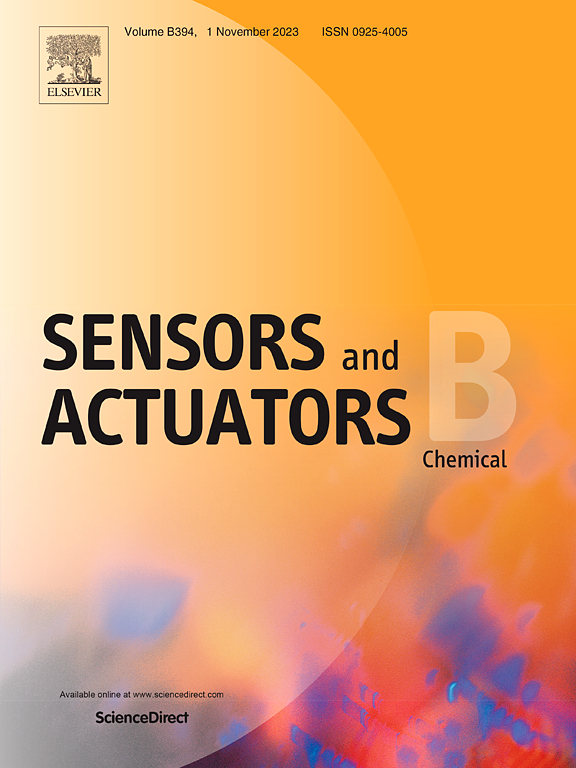An electrostatic potential modulation strategy for fluorescent probe coupled with deep learning enabling ultrafast and visual detection of meat freshness
IF 8
1区 化学
Q1 CHEMISTRY, ANALYTICAL
引用次数: 0
Abstract
Biogenic amines (BAs), as the metabolic byproducts of proteolysis, are essential indicators in assessing the freshness of meat. Excessive BAs intake can lead to a range of diseases, highlighting the importance of detection BAs in a rapid, on-site, accurate way. To this aim, a strategy of modulating sensing performance of the fluorescence probes is put forward and a portable detection platform is built up by a smartphone as well as a deep convolutional neural network (DCNN). Here, three fluorescence probes applying diphenylamine (DPA), thiodiphenylamine (PTZ), and carbazole (Cz) as the fluorophore cores is synthesized, which feature a specific recognition site of “N-H” and stepwise increased electrostatic potential (ESP). It is found that, CF3Cz, with the highest ESP, enables superior detection performance, including a low detection limit (11 ppb), rapid response (<5 s) and noticeable bathochromic shifts (90 nm). Further, a portable smartphone-based fluorescence platform allows for the visual recognition and on-site quantitative detection of BAs. By combining with DCNN, this platform is able to predict meat freshness with an accuracy of 99.7 %. This work not only provides a design methodology by precisely modulating ESP, but also presents an intelligent detection platform for nondestructive assessment of BAs and meat freshness.

一种结合深度学习的荧光探针静电电位调制策略实现了超快速和视觉的肉类新鲜度检测
生物胺作为蛋白质水解的代谢副产物,是评价肉类新鲜度的重要指标。过量摄入BAs可导致一系列疾病,这凸显了快速、现场、准确检测BAs的重要性。为此,提出了一种调制荧光探针传感性能的策略,并利用智能手机和深度卷积神经网络(DCNN)构建了一个便携式检测平台。本文合成了以二苯胺(DPA)、硫代二苯胺(PTZ)和咔唑(Cz)为荧光团核心的三种荧光探针,它们具有特定的“N-H”识别位点和逐步增加的静电电位(ESP)。结果表明,CF3Cz具有最高的ESP,具有较低的检测限(11 ppb)、快速的响应(5 s)和明显的色移(90 nm)等优良的检测性能。此外,基于智能手机的便携式荧光平台允许对BAs进行视觉识别和现场定量检测。通过与DCNN的结合,该平台能够以99.7%的准确率预测肉类新鲜度。这项工作不仅提供了一种精确调制ESP的设计方法,而且提出了一种用于ba和肉类新鲜度无损评估的智能检测平台。
本文章由计算机程序翻译,如有差异,请以英文原文为准。
求助全文
约1分钟内获得全文
求助全文
来源期刊

Sensors and Actuators B: Chemical
工程技术-电化学
CiteScore
14.60
自引率
11.90%
发文量
1776
审稿时长
3.2 months
期刊介绍:
Sensors & Actuators, B: Chemical is an international journal focused on the research and development of chemical transducers. It covers chemical sensors and biosensors, chemical actuators, and analytical microsystems. The journal is interdisciplinary, aiming to publish original works showcasing substantial advancements beyond the current state of the art in these fields, with practical applicability to solving meaningful analytical problems. Review articles are accepted by invitation from an Editor of the journal.
 求助内容:
求助内容: 应助结果提醒方式:
应助结果提醒方式:


